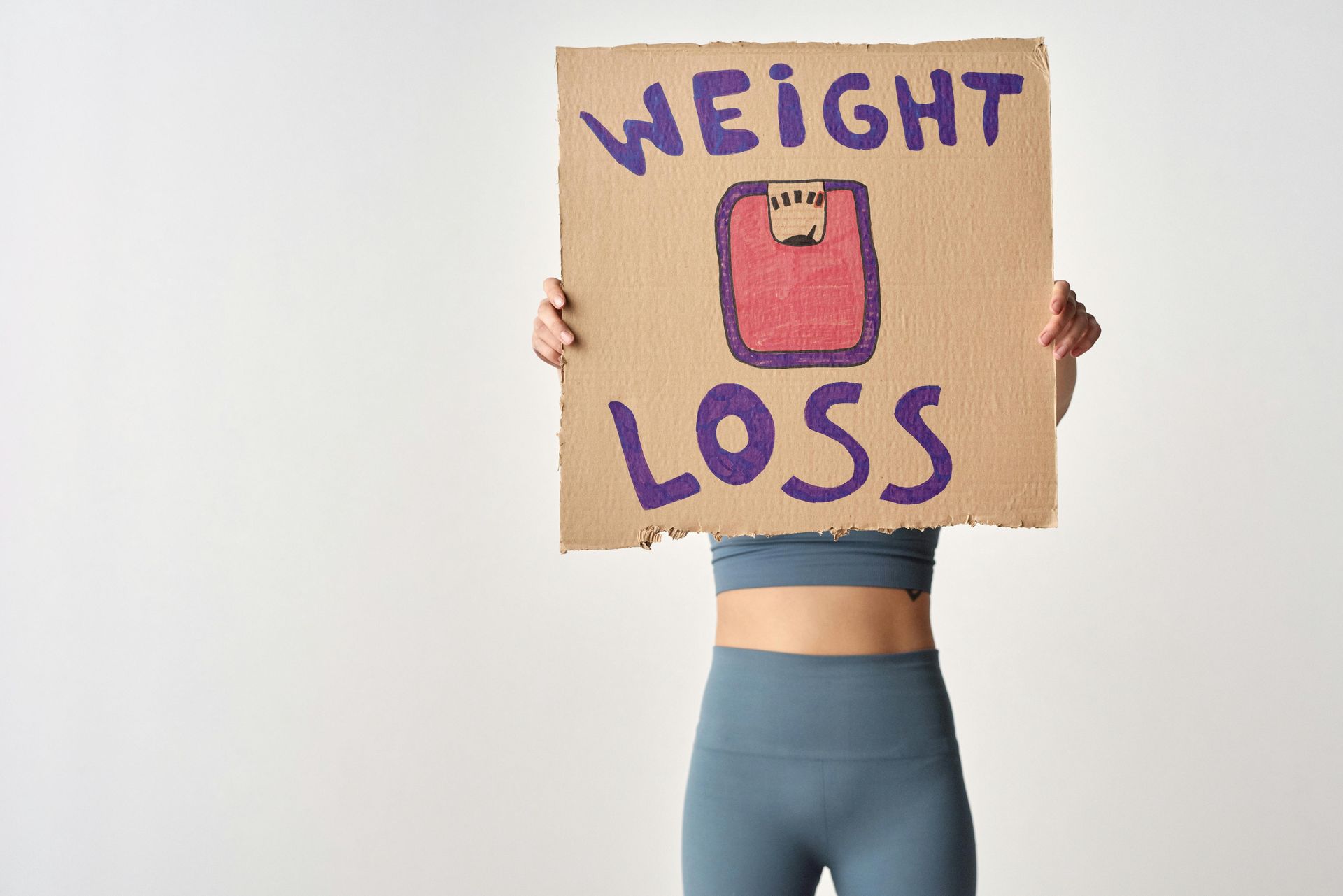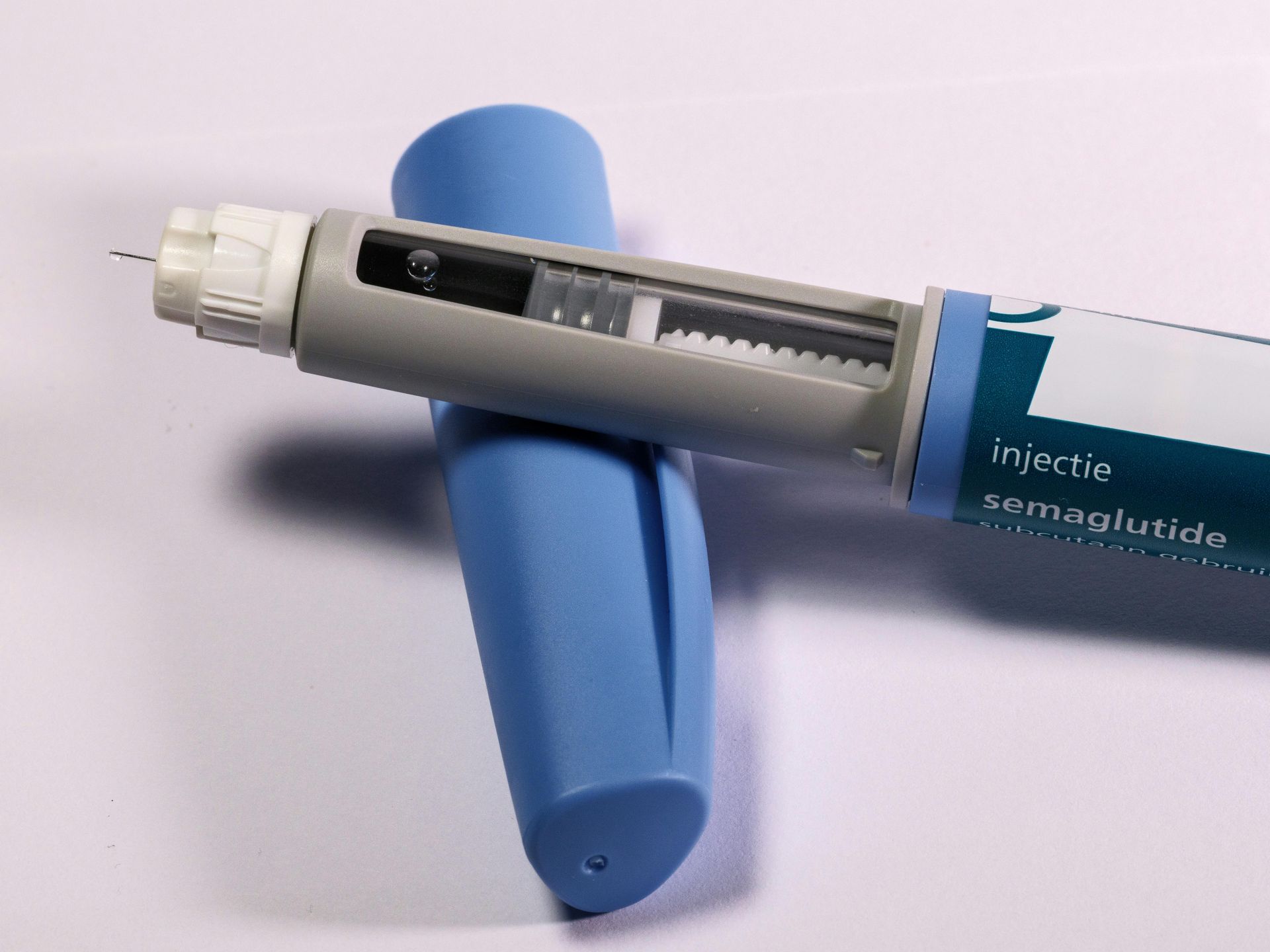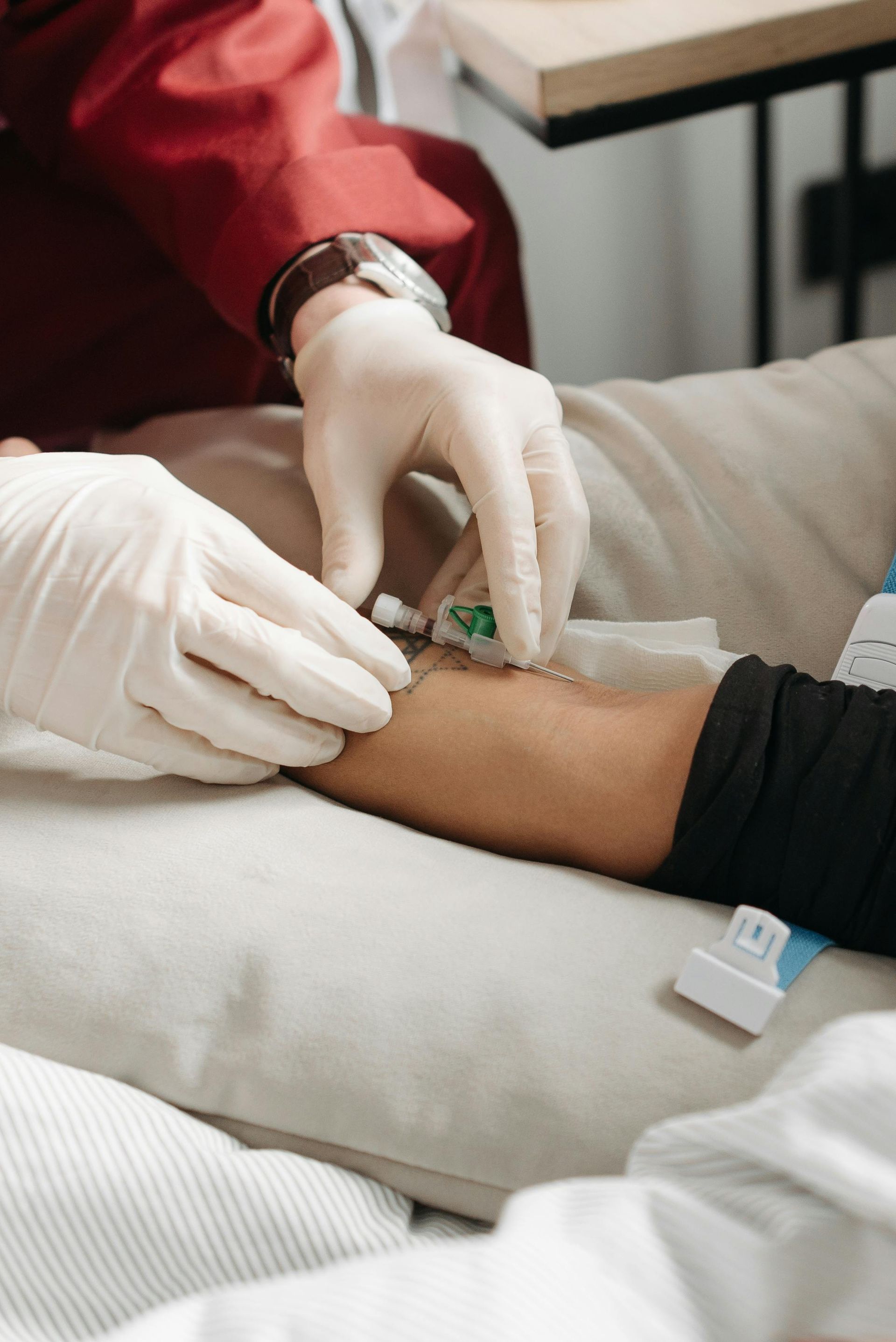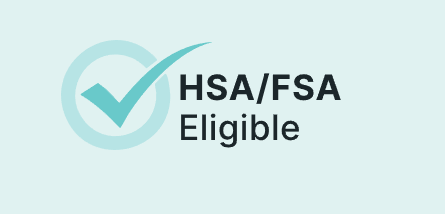Vitamin C IV Therapy Reviewed: The Good, The Bad, and The Juicy
Unpacking Vitamin C IV Therapy: A Quick Look
Curious why so many wellness enthusiasts are turning to vitamin C IV therapy? This powerful treatment delivers high doses of an essential nutrient directly into your bloodstream, bypassing the digestive system for maximum impact. In this quick primer, we’ll unpack what vitamin C IV therapy involves, the science behind it, and how it could fit into your broader health strategy.
What is Vitamin C IV Therapy and Why Choose It Over a Pill?
Vitamin C, also known as ascorbic acid, is an essential nutrient that our bodies cannot manufacture on their own, making us reliant on external sources. While many turn to citrus fruits and oral supplements, vitamin C IV therapy offers a uniquely powerful way to harness its benefits. As a potent antioxidant, vitamin C neutralizes damaging free radicals throughout the body. It also provides critical support for our immune defenses by enhancing the function of white blood cells, is required for the synthesis of certain neurotransmitters, and is an indispensable co-factor needed to make collagen —the fundamental protein that provides structure and strength to our skin, joints, bones, and blood vessels.
“IV” simply means intravenous. During vitamin C IV therapy, a healthcare professional administers a concentrated, sterile solution of ascorbic acid directly into a vein. This method allows the vitamin to bypass the digestive system entirely, delivering it straight to the bloodstream for immediate and complete availability to the body's cells.
The Bioavailability Breakthrough: Oral vs. IV Vitamin C
When you take vitamin C orally, its absorption is tightly controlled by your digestive system. Think of it like a single, narrow doorway into your bloodstream; only so much can pass through at once. Specialized transporters in the gut (called Sodium-Dependent Vitamin C Transporters, or SVCTs) become saturated at relatively low doses. Swallowing even very large, mega-gram doses of vitamin C rarely pushes blood levels above 300 µM (micromoles per liter) because the gut simply cannot absorb it fast enough. In contrast, an IV infusion bypasses this bottleneck entirely, safely lifting plasma levels to 20 mM (millimoles per liter) —a concentration more than 100 times higher than what's achievable with oral supplements.
| Metric | Oral Vitamin C | IV Vitamin C |
|---|---|---|
| Absorption | Restricted by gut transporters | 100% enters bloodstream |
| Typical peak plasma | < 300 µM | Up to 20 mM |
| Common use | Daily wellness, deficiency prevention | Targeted therapeutic or rapid re-pletion |
| How taken | Pills, powders, food | Slow IV drip by a professional |
This massive difference in bioavailability is the primary reason why IV vitamin C is used for therapeutic goals that oral tablets simply cannot achieve.
Popular Reasons People Book a Vitamin C Drip
- Robust immune support: High-dose vitamin C has been shown to improve the production and function of lymphocytes and phagocytes, the frontline soldiers of your immune system. This makes it a popular choice for bolstering defenses during cold and flu season or potentially shortening the duration of an existing illness.
- Chronic fatigue relief: The adrenal glands, which manage your stress response, have one of the highest concentrations of vitamin C in the body. It's crucial for producing cortisol and for synthesizing ATP, the body's main energy currency. IV therapy can rapidly replenish depleted adrenal stores, helping to combat persistent exhaustion.
- Improved skin health: By boosting collagen synthesis, IV vitamin C can help improve skin elasticity, reduce fine lines, and promote a brighter, more even complexion. Its antioxidant properties also help protect the skin from oxidative damage caused by UV radiation and environmental pollutants.
- Adjunctive cancer care: Used in integrative oncology settings, high-dose IV vitamin C is investigated for its potential to ease chemotherapy-related side effects like fatigue, nausea, and pain, improving a patient's quality of life during treatment. It is always used as a complement to, never a replacement for, standard oncology care.
- Accelerated post-surgery & wound healing: Vitamin C is vital for every stage of tissue repair. It helps form new collagen for scaffolding, reduces inflammation, and limits oxidative stress at the injury site, which can speed up recovery from surgical procedures and other wounds.
- Overall vitality and performance: The demands of modern life—from high-stress jobs to international travel—can increase oxidative stress. Clients of Elite Mobile IV Therapy often schedule a drip to prepare for demanding work weeks, recover from jet lag, or optimize their performance and recovery for athletic events by mitigating this stress.
The Science Behind High-Dose Vitamin C: What We Know So Far
Interest in mega-dose vitamin C surged after Nobel laureate Linus Pauling ’s 1970s work, where he controversially proposed that high oral doses could prevent or treat the common cold and even cancer. While his oral-dosing studies were largely unreproducible, later research revealed the missing piece: only intravenous delivery could achieve the true pharmacologic concentrations needed for therapeutic effects, vindicating the spirit, if not the letter, of his original hypothesis.
Antioxidant — or Pro-Oxidant?
This is one of the most fascinating aspects of high-dose vitamin C. At normal dietary levels, it functions as a classic antioxidant, donating electrons to neutralize harmful free radicals. However, when IV administration pushes plasma concentrations into the millimolar range, it can briefly act as a pro-oxidant. In the presence of transition metals like iron and copper (which are more abundant in tumor microenvironments), vitamin C can trigger the Fenton reaction, generating a burst of hydrogen peroxide (H₂O₂). Healthy cells easily neutralize H₂O₂ with an enzyme called catalase; many tumor cells are deficient in catalase, making them selectively vulnerable to this oxidative stress. This is the primary mechanism being investigated for its use in oncology.
Snapshot of Current Human Data
• Chemotherapy support: Several phase-I and phase-II clinical trials have shown that adding 25–100 grams of IV vitamin C to standard chemotherapy regimens for various cancers is safe and can significantly reduce treatment-related side effects, including fatigue, nausea, and pain, leading to a better quality of life.
• Sepsis & critical illness: In the landmark CITRIS-ALI trial, septic patients receiving IV vitamin C showed a significant reduction in 28-day all-cause mortality in post-hoc analyses, along with more ICU-free days. While the primary endpoint wasn't met, these promising signals have spurred further research into using IV vitamin C (often with thiamine and steroids) to quell the cytokine storm and oxidative damage in critical illness.
• Wound repair: Clinical data shows that even moderate doses (1 g/day) of IV vitamin C can significantly accelerate healing in patients recovering from surgery, burns, or other major trauma by supporting collagen formation and immune function.
Evidence is promising but preliminary ; high-dose vitamin C remains adjunctive, not curative, until larger, phase-III randomized controlled trials are completed.
Emerging Areas of Research You Should Know About
-
Metabolic Syndrome & Blood Sugar Control — Pilot studies suggest that millimolar vitamin C levels may improve endothelial function and reduce post-meal glucose spikes in people with insulin resistance. Researchers theorize that the vitamin’s ability to scavenge reactive oxygen species lessens oxidative damage to pancreatic β-cells and improves the function of GLUT4 transporters, supporting healthier insulin output and glucose uptake.
-
Neurologic Protection & Cognitive Aging — The brain is a high-energy organ with a massive need for antioxidants. Vitamin C crosses the blood–brain barrier via specialized SVCT2 transporters, and high IV doses can rapidly saturate cerebrospinal fluid. Animal models show reduced amyloid plaque formation and better memory scores. Multi-center human trials are now exploring whether periodic infusions can slow mild cognitive impairment or improve post-stroke recovery.
-
Long-COVID & Viral Syndromes — Post-viral fatigue shares biochemical hallmarks with sepsis—high oxidative stress, endothelial dysfunction, and depleted intracellular vitamin C. Early case series report improved energy, reduced "brain fog," and lower inflammatory markers after 7–15 g IV infusions administered twice weekly for four weeks. Larger placebo-controlled studies are under way to validate these observations.
-
Exercise Recovery & Performance — Elite endurance athletes often exhibit transient but significant oxidative stress after competition. Two recent randomized trials found that athletes receiving 10 g IV vitamin C immediately post-event had lower creatine-kinase (a marker of muscle damage) levels and self-reported less delayed-onset muscle soreness (DOMS) versus placebo. Importantly, dosing windows were timed so as not to blunt the beneficial inflammatory signals necessary for long-term training adaptations.
Key Takeaway
High-dose vitamin C is rapidly evolving from a niche alternative therapy into a rigorously studied adjunct for a variety of conditions defined by high oxidative stress. Staying informed about these developments helps you and your clinician determine whether vitamin C IV therapy belongs in your personal health toolkit.
Is Vitamin C IV Therapy Safe?
When administered by trained clinicians following a proper medical screening, vitamin C IV therapy is generally very safe and well-tolerated. At Elite Mobile IV Therapy, we prioritize safety above all else. We use only preservative-free, pharmaceutical-grade ascorbic acid from reputable sources and our licensed medical professionals perform thorough safety checks and a review of your health history before every single infusion.
Mild, Short-Lived Effects
Most side effects are minor and resolve quickly on their own. They can include:
- Temporary soreness, bruising, or redness at the IV insertion site
- A feeling of warmth or flushing as the vitamins infuse
- A mild headache, brief dizziness, or slight nausea (these are often related to the infusion speed and can be resolved by slowing the drip rate)
Who Should Not Receive High-Dose Vitamin C
While safe for most, high-dose IV vitamin C is strictly contraindicated for individuals with certain medical conditions. A thorough screening is essential.
- G6PD deficiency: This is a genetic disorder that affects an enzyme (glucose-6-phosphate dehydrogenase) crucial for protecting red blood cells from oxidative damage. High-dose vitamin C can create overwhelming oxidative stress, leading to the destruction of red blood cells (hemolysis), a potentially life-threatening condition. A G6PD blood test is mandatory before receiving high doses.
- Kidney disease or a history of calcium-oxalate stones: The body metabolizes vitamin C into oxalate, which is excreted through the urine. In individuals with impaired kidney function or a predisposition to stone formation, high levels of urinary oxalate can precipitate with calcium, forming new stones or worsening existing kidney damage.
- Hemochromatosis: This is a genetic iron-overload disorder. Vitamin C significantly improves the absorption of iron from the diet. For people with hemochromatosis, this can dangerously increase iron levels in the body, leading to organ damage.
- Severe congestive heart failure: Patients with this condition are often on a fluid-restricted diet. The extra volume of fluid from the IV drip itself could potentially strain the heart and worsen symptoms.
People on anticoagulants (blood thinners), certain chemotherapy drugs, or those using continuous glucose monitors should always notify their provider. Dosing and timing can often be adjusted to ensure safety. For more information on vitamins and kidney health, you can review this general kidney-vitamin guidance.
With thorough screening and expert medical oversight, the vast majority of clients experience no issues beyond temporary, minor discomfort at the IV site.
A Practical Guide to Your Vitamin C IV Session
Elite Mobile IV Therapy brings hospital-grade care to your home, office, or hotel. A typical visit lasts 45–90 minutes, depending on the dose, and unfolds in four simple steps:
- Consultation & Screening: A licensed clinician conducts a brief tele- or in-person consult to review your health history, current medications, allergies, and specific wellness goals. This ensures the therapy is safe and custom to you.
- Vitals & Prep: Your nurse or paramedic will take a baseline set of vitals (blood pressure, heart rate). For clients receiving high doses for the first time, a one-time G6PD blood screen is performed to rule out this critical contraindication.
- IV Placement: A small, sterile IV catheter is expertly placed in a vein, typically in your arm or hand. Our team is skilled at making this process as quick and comfortable as possible.
- Relaxing Infusion: The vitamin C solution is infused slowly via a drip bag. Your clinician monitors you throughout the process, adjusting the drip rate as needed to ensure comfort and safety while you relax, work, or watch a movie.
Typical Doses
• Wellness / immune boost: 5–15 g
• Chronic illness support / recovery: 15–50 g
• Adjunctive cancer protocols (with oncologist approval): 25–100 g, titrated upward
Key Safety & Interaction Notes
• Coordinate timing with chemotherapy; some agents interact with antioxidants.
• High doses can temporarily and falsely lift finger-stick glucose readings for ~8 hours.
• Always disclose blood thinners, kidney issues, or iron-overload disorders like hemochromatosis.
What to Expect After Your Infusion
Most people stand up from the chair feeling noticeably hydrated and mentally clear. In the 24 hours that follow, it’s common to experience:
• A mild uptick in energy or mood: This is a direct result of plasma vitamin C saturating your adrenal glands, supporting a healthy stress response and the production of ATP (cellular energy). • Increased thirst and urination: This is normal and beneficial. The high concentration of vitamin C in the bloodstream creates an osmotic effect, gently pulling excess fluid into the urine. Your kidneys are busy clearing metabolites, so be sure to drink extra water to stay hydrated. • Subtle bloating: This is rare and temporary, but can occur if you’re particularly sensitive to sodium (our IV bags are low-sodium, but not sodium-free).
To maximize benefits, we recommend light movement—such as a 20-minute walk—after your drip to stimulate circulation. Follow this with a protein-rich meal to provide the amino-acid building blocks (like proline and lysine) that vitamin C needs to synthesize new collagen. It's also wise to avoid alcohol for the remainder of the day; alcohol metabolism depletes glutathione and generates toxins, directly counteracting the antioxidant gains you just invested in.
Clients tackling chronic issues (Lyme, autoimmune flare-ups, or adjunctive oncology care) often notice more cumulative changes—steadier energy, quicker wound healing, or reduced joint pain—after the third or fourth infusion. Think of it like refilling a reservoir that has run dry; the first few sessions restore depleted cellular levels, after which the systemic benefits become more pronounced. Your nurse practitioner will reassess progress at each visit and adjust dosing or frequency accordingly.
Remember: hydration, nutrient-dense food, quality sleep, and stress management remain the cornerstones of recovery. A well-timed vitamin C IV simply accelerates the process.
Conclusion: Is Vitamin C IV Therapy the Right Squeeze for You?
Vitamin C IV therapy offers a powerful way to achieve blood concentrations that oral supplements simply can’t match. This high bioavailability opens up a range of potential benefits that are increasingly supported by scientific research. These include improved energy levels, faster recovery from illness or exertion, and better tolerance of conventional cancer treatments. The key is to view this therapy as complementary, not alternative —a tool to be used alongside, not in place of, standard medical care.
Safety is the most critical component. The risks, while minimal for most people, are significant for those with specific conditions like G6PD deficiency or kidney disease. This is why professional screening and administration by a licensed clinician are non-negotiable.
Cost-Benefit Snapshot
• Single infusions: $150–$300
depending on dose and add-ons.
• Packages: often 10–20 % cheaper per session.
• Time investment: 45–90 minutes per visit, plus mild downtime for rest.
Compare that with the price of missed workdays due to illness, prolonged post-surgical recovery, or additional medications for side-effect management, and many clients see a tangible return on investment.
Crafting Your Personal Protocol
- Define your objective. Are you chasing a pre-flight immune boost, chronic-illness support, or peak athletic recovery? Your goal dictates dose and frequency.
- Schedule a short series. Evidence for most chronic conditions points to two or three infusions per week for three to four weeks, followed by a taper to a maintenance rhythm.
- Layer synergistic nutrients. Magnesium to calm nerves, zinc for immunity, or glutathione for improved detox pathways can be added to the same bag, creating a bespoke “stack.”
- Re-evaluate quarterly. Blood work—especially ferritin, kidney function, and inflammatory markers—helps verify that your plan remains both safe and effective.
The Bottom Line
If you value convenience, personalization, and professional care, mobile vitamin C IV therapy may fit seamlessly into your wellness strategy. Just remember that a drip is a strategic layer, not a shortcut. Pair it with whole-food nutrition, regular movement, restorative sleep, and mindful stress management, and you’ve squeezed every drop of benefit from what this potent nutrient has to offer.
Ready to explore a custom vitamin C infusion? Visit https://www.elitemobileiv.com/book-now to book your appointment—experience the Elite Mobile IV Therapy difference: premium ingredients, licensed clinicians, and same-day service delivered wherever you are.






